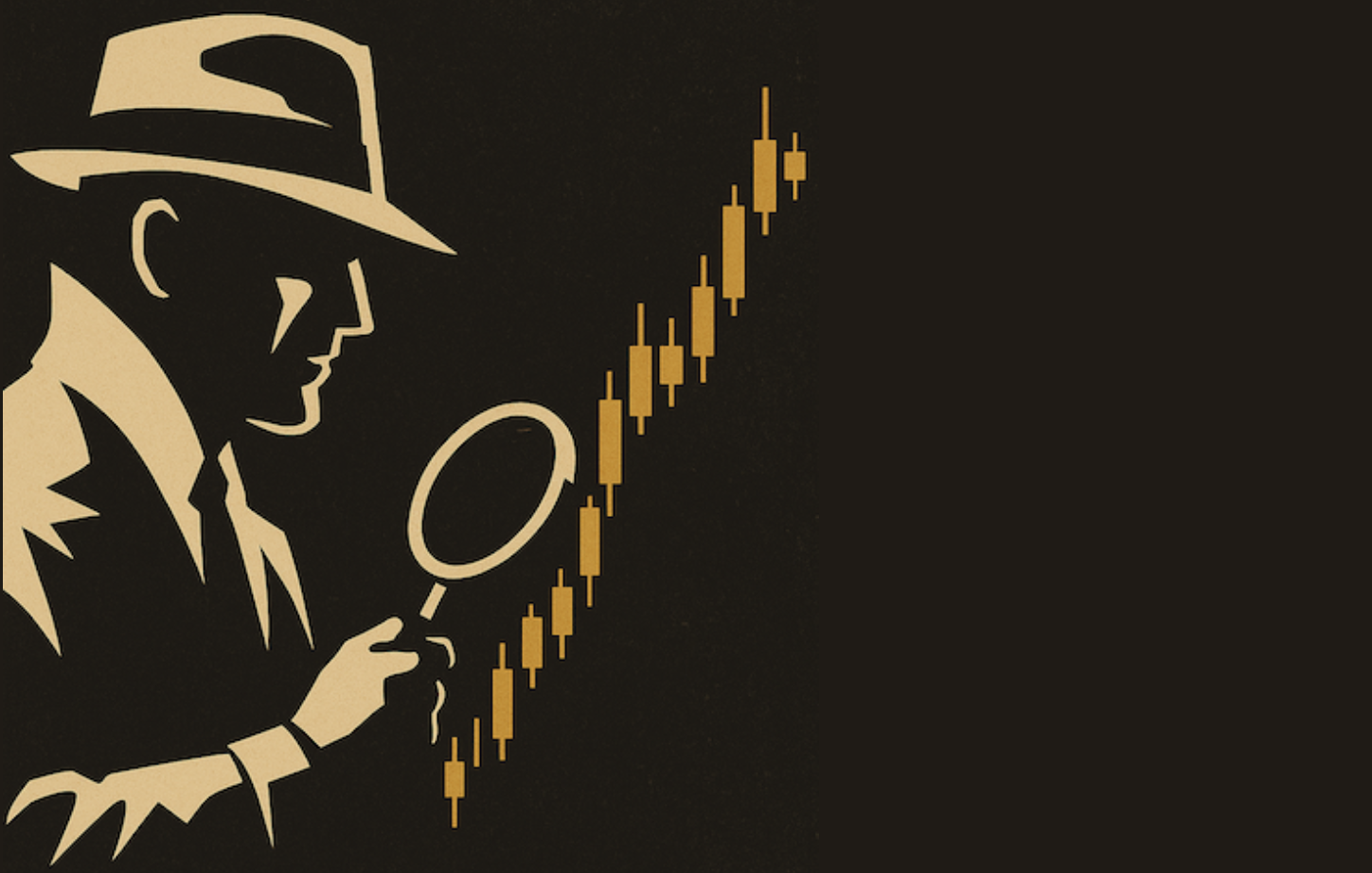RISING ENERGY AND FALLING TECHNOLOGY WEIGH ON MARKET -- LOW VOLUME MARKET BOUNCES AREN'T A SIGN OF STENGTH -- USING EQUIVOLUME TO COMPARE PRICE AND VOLUME
S&P SPDR TESTING 50-DAY AVERAGE ON LOW VOLUME... I recently wrote about the possibility of a short-term bounce in the S&P 500 to its 50-day moving average. Chart 1 shows the S&P 500 SPDR (SPY) touching that resistance barrier twice over the last four trading days including today. What's more revealing about the recent bounce is that it's come on light trading volume. One way to tell if the recent bounce has any power is to study the volume. If the market were starting another upleg, trading activity should pick up on rallies. Just the opposite has happened. Volume has dropped on the bounce. A comparison of the red and green volume bars in Chart 1 shows that the red bars (down days) have been a lot bigger than the green bars (up days). Until that pattern changes, the longer-range odds will still favor the downside. The volume bars on Tuesday and Wednesday are especially light. That shows little enthusiasm for buying stocks. In technical work, it's important to compare the price and volume bars. There is a form of charting, however, that allows you to combine both into one bar. It's called EquiVolume charting.

Chart 1
WHAT AN EQUIVOLUME CHART LOOKS LIKE... Chart 2 is the same as Chart 1 -- with one major difference. It's an EquiVolume chart. The rectangles in Chart 2 are similar to price bars and represent one day's trading. The height of each rectangle shows the daily price range. The width of each daily rectangle differs however. That's because the daily width is based on the level of volume. The heavier the volume the wider the rectangle. The thinner the rectangle the lighter the volume. The EquiVolume rectangles are color coded. The red rectangles show days when the SPY closed lower. If you study the pattern over the last two months, you'll see that the red rectangles (down days) have been wider than the black rectangles (up days). That's especially true over the last ten trading days. I've put red down arrows into a couple of the wider red rectangles to make them easier to see. By contrast, the last three black (up) rectangles have been thin which shows much lighter volume. The value of EquiVolume charts is that they allow you to combine price and volume activity with one glance. This feature is available on the SharpCharts2 Beta version (under style) and will be a permanent part of the Stockcharts charting package shortly. Play around with it. [Richard Arms, creator of the Arms Index, also invented EquiVolume charts].

Chart 2
CANDLEVOLUME... Those of you who use candlesticks instead of price bars have a similar feature invented by Greg Morris. It's called CandleVolume and it's shown in Chart 3. What's different in CandleVolume is that the width of the candles are adjusted to reflect the amount of trading activity. You'll notice that most of the red candles are wider than the white candles. [A red candle occurs when the closing price is lower than the opening price. In candlesticks, that's considered a down day]. I've included the volume bars under the chart just for comparison purposes. You really don't need them with CandleVolume. Notice how thin the last three white candles have been. That shows light trading on the price bounce. That's not a very bullish sign. CandleVolume charts are also available on SharpCharts2. They add another dimension to candlestick charting.

Chart 3
ENERGY WAS UP WHILE TECHNOLOGY WAS DOWN ... Two of the main reasons why the market wasn't able to attract much interest today is shown in the next two charts. A rebound in energy prices put energy stocks in the lead once again. Chart 4 shows the Energy Select SPDR (XLE) rising on higher volume. Energy leadership isn't necessarily a good thing because it hints at higher energy inflation. At the same time, a weak technology group weighed on the Nasdaq market. Chart 5 shows the Nasdaq 100 Shares (QQQQ) closing lower today -- on rising volume. The volume bars in Chart 5 show much heavier trading on down days, which isn't very encouraging. As long as the Nasdaq remains under pressure -- and energy stocks keep rising -- it's doubtful that the blue chip averages will make much headway on the upside.

Chart 4

Chart 5










